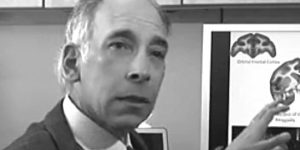In the first four years of life, a child’s brain increases to 80 percent of its adult weight. This study combines state-of-the-art neuroimaging data with behavioral observation, surveys about family life, and samples of umbilical cord blood as well as maternal and child saliva to provide a rich portrait of a child’s first two years of life. Research findings help us better understand the interplay of biological and environmental factors, particularly during pregnancy, that lead to well-being in early childhood.
The Baby Brain and Behavior Project investigates brain and emotion-related development during the first two years of life. We are learning more about how very early experiences influence the brain development and child well-being. Building on more than 25 years of collaborative research, we are, for the first time, observing brain and behavior development concurrently during the first weeks of life. Assessments of mothers began during pregnancy.
In addition to neuroimaging, researchers are observing infant and toddler behavior, analyzing mother and infant salivary cortisol, umbilical cord blood and drawing from extensive surveys with the goal of better understanding child well-being at the behavioral and cellular level.
People Working on This Study







